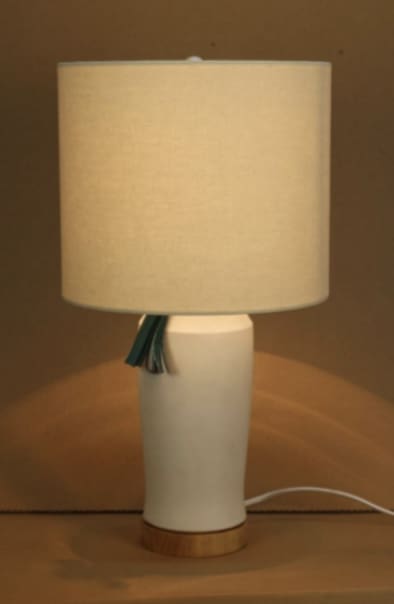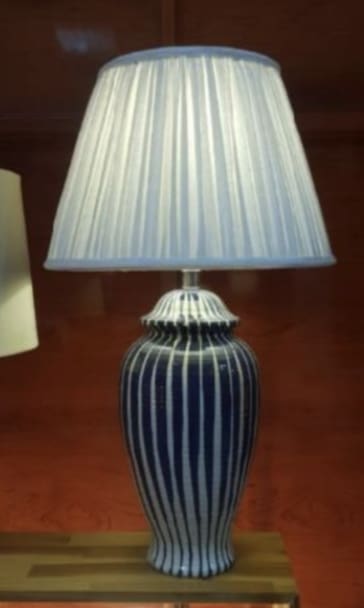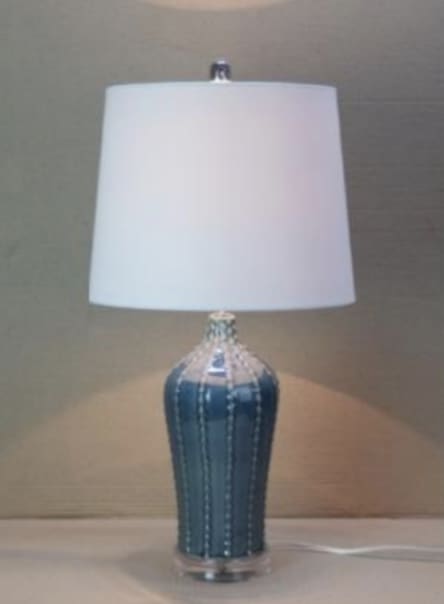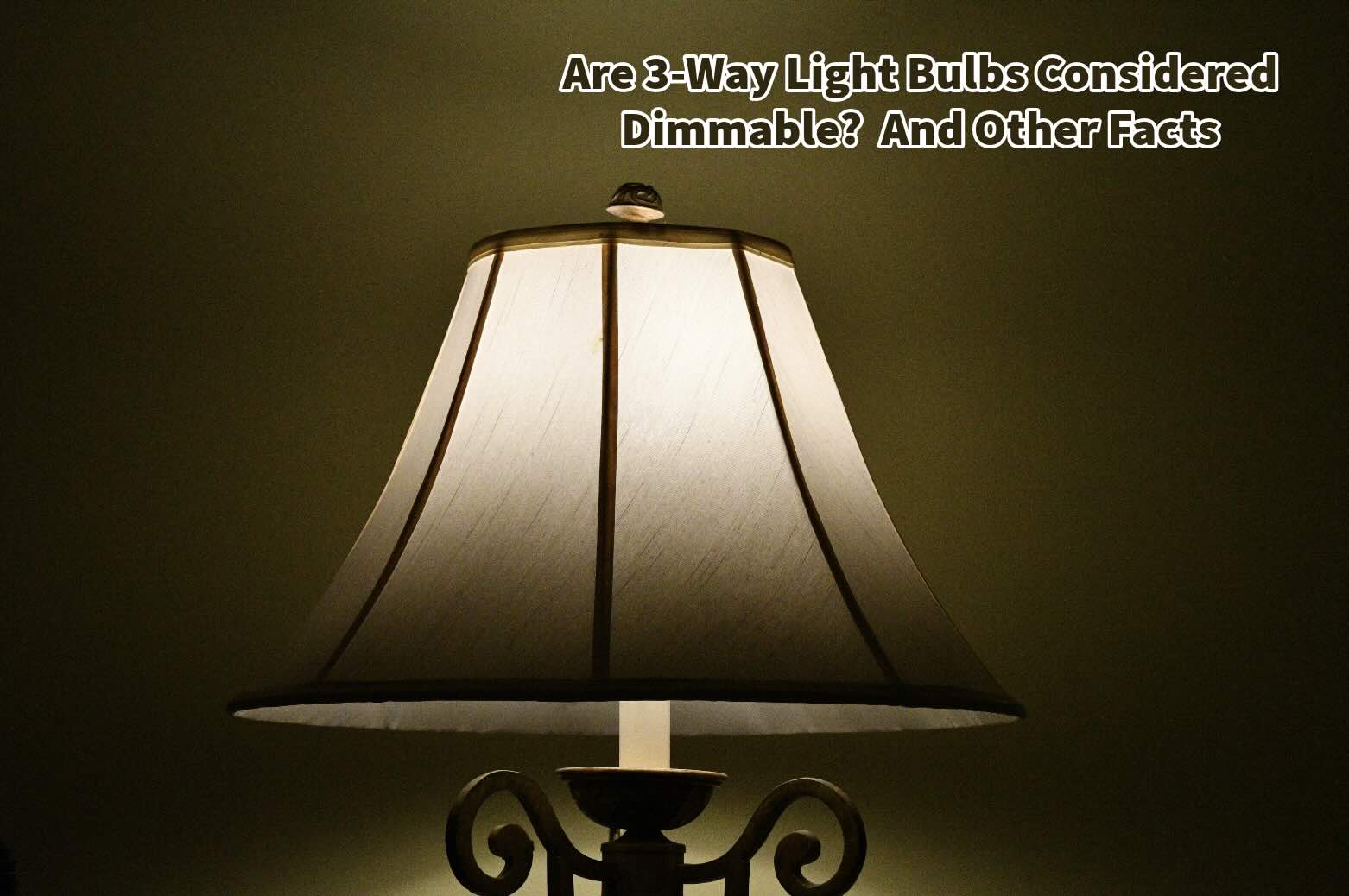Lighting isn’t just about visibility; it’s an intricate blend of function, aesthetics, and mood enhancement. It’s the subtle difference between the soft glow during a romantic dinner and the bright light you need for reading.
Amidst many lighting options, 3-way light bulbs stand out for their distinct features. However, a frequently posed query is: Can you dim a 3-way light bulb? The short answer is that 3-way Light bulbs cannot be covered; they are different. Let’s delve deeper into this question, shedding light on the nuances that differentiate 3-way bulbs from their dimmable counterparts.
Table of Contents
- The 3-Way Light Bulb And Dimmability: A Comprehensive Look
- The Shift From Incandescent To LED: A Brighter, Greener Future
- Related Content
The 3-Way Light Bulb And Dimmability: A Comprehensive Look
Lighting plays a crucial role in our lives. The lighting can set the mood, aid in tasks, or emphasize some aspects of a room. Among the various types of light bulbs available in the market, 3-way light bulbs have carved a niche. But a common question arises: Are 3-way light bulbs dimmable? We will explore this question in detail and clarify the distinction between 3-way and dimmable bulbs.
Understanding The 3-Way Light Bulb
Before delving into the dimmability of the 3-way bulb, it’s essential to understand its functionality. A 3-way bulb is designed to offer three distinct levels of light intensity.
This doesn’t mean it dims between these levels but switches from one intensity to another. You get three separate brightness settings when you use a 3-way switch with a 3-way bulb. Each setting, when activated, is at its full intensity.

Why 3-Way Bulbs Aren’t Dimmable
Contrary to what one might assume, 3-way bulbs are not dimmable. Here’s why:
- Different Mechanisms: A dimmable bulb operates by allowing the user to adjust the light intensity gradually. This is achieved through a dimmer switch that regulates the current to the bulb. On the other hand, a 3-way bulb works by having three separate contacts that connect with different filaments. Each filament corresponds to a different brightness level. So, when a filament is activated, it operates at full power. There is no in-between or gradual change in intensity.
- Constant Color Temperature: One notable feature of 3-way bulbs is that the color of the light remains consistent across all three brightness levels. This is not the case with dimmable bulbs, where the color temperature can shift slightly as the intensity changes.
- The Role Of The Socket: A 3-way bulb requires a compatible 3-way socket. Similarly, dimmable bulbs function best when paired with dimmable sockets. The two are not interchangeable. Using a standard bulb in a three-way fixture will give you a singular brightness level without dimming capability.
Distinguishing Between Dimmable And 3-Way Bulbs
While both dimmable and 3-way bulbs offer varying light intensities, their operation and purposes differ:
- Purpose: Dimmable bulbs are ideal for situations where gradual adjustments in brightness are desired. Think of a living room where the lighting needs to change from watching a movie to reading a book. In contrast, 3-way bulbs are better suited for scenarios with sufficient distinct and preset brightness levels.
- Functionality: Dimmable bulbs use a dimmer switch to control the current flowing to the bulb, allowing for a smooth transition between brightness levels. 3-way bulbs switch between three fixed intensities.
- Socket Compatibility: As previously mentioned, for a bulb to function as intended, it needs to be paired with a compatible socket. A 3-way bulb requires a 3-way socket, while a dimmable bulb needs a dimmable socket.
While 3-way bulbs offer versatility in brightness levels, they are not designed for dimmability. If you want to adjust light intensity gradually, dimmable bulbs paired with a compatible socket are the way to go.
On the other hand, if preset brightness levels meet your needs, a 3-way bulb and socket will serve you well. Understanding the distinction between the two ensures you make informed decisions tailored to your lighting needs.

The Shift From Incandescent To LED: A Brighter, Greener Future
In today’s age of technology and heightened environmental awareness, how we light up our homes and offices has seen a significant transformation. Once the default choice for households across the U.S., incandescent light bulbs have gradually been phased out. As of now, they are no longer sold in the United States. But why this dramatic shift, and what’s taking their place? The answer lies in the versatile and efficient LED technology.
The Rise of LED Bulbs
Light Emitting Diodes, or LEDs, have been hailed as the future of lighting. If you’re in the market for new bulbs, either a dimmable or 3-way light bulb, consider the benefits of LED, especially the LED dimmable or 3-way socket bulb.
Here are some reasons why LED bulbs are preferred light bulbs:
1. Energy Efficiency
One of the standout advantages of LEDs is their energy efficiency. LED bulbs use up to 90% less energy than their incandescent counterparts. This translates to reduced electricity bills and a smaller carbon footprint, making LEDs a win-win for consumers and the environment.
2. Longevity
LEDs last up to 25 times longer than incandescent bulbs. While the initial cost may be slightly higher, the longevity ensures fewer replacements, saving money in the long run and reducing the waste associated with frequent bulb replacements.
3. Dimmability And Versatility
Modern LED bulbs are highly adaptable. LED dimmable bulbs can adjust the light intensity to cater to different moods and tasks, from creating a cozy ambiance for movie nights to bright task lighting for reading. Additionally, LED 3-way socket bulbs offer three distinct levels of brightness, catering to diverse needs without requiring multiple fixtures.
4. Environmentally Friendly
LEDs don’t contain the toxic elements in other lighting options, such as mercury in CFLs (Compact Fluorescent Lamps). This makes their disposal safer for the environment. Plus, given their longevity, they contribute less waste overall.
5. Better Light Quality
LEDs offer better color rendering, meaning colors appear more accurate and natural under LED lighting than under incandescent. Moreover, they can produce a range of color temperatures — from the warm glow reminiscent of incandescents to a cooler, daylight-like hue.

Why Are Incandescents Fading Away?
Incandescent bulbs, for all their nostalgic charm, are energy guzzlers. Roughly 90% of their energy is emitted as heat, making them highly inefficient in converting electricity into light. This inefficiency has both economic and environmental implications.
With rising energy costs and a global push towards sustainability, it became imperative to seek out alternatives. LED technology, with its myriad benefits, emerged as the clear front-runner
The discontinuation of incandescent bulbs in the U.S. marks the end of an era but also heralds the beginning of a brighter, more sustainable future. As you switch, embrace LED bulbs for their versatility, efficiency, and environmental benefits. Whether you’re seeking the dimming capabilities to set the perfect mood or the flexibility of a 3-way bulb, LEDs are the optimal choice for the conscious consumer.
At Mondoro, we craft dimmable lamps and those equipped with a 3-way socket. Every lamp we produce meets the stringent UL standards. If you’re in the market for top-tier export quality lamps from Asia for your curated collection, we’re eager to discuss how we can best serve your needs.
If you want to see how Mondoro can help you with your Ul Certified lamp needs, we would love to talk to you about how we can help you.
Find out more about how Mondoro can help you create, develop, and manufacture excellent home decor and furniture products – don’t hesitate to contact me, Anita. Check out my email by clicking here or become a part of our community and join our newsletter by clicking here.
Mondoro gives out a FREE Lookbook to anyone interested. You can receive a copy of our latest Lookbook by clicking here.
Listen to our Podcast called Global Trade Gal. You can find it on all major podcast platforms. Try out listening to one of our podcasts by clicking here.
Subscribe to our Mondoro Company Limited YouTube Channel with great videos and information by clicking here.
Related Content
Hand-weaving Faux Rattan In Vietnam, What You Need To Know
Vietnam is a major manufacturer and weaver of faux rattan furniture and other faux rattan items; Vietnam has readily available faux rattan materials and a highly skilled workforce that can weave complex faux rattan wicker furniture and other faux rattan items.
You can discover more by reading Hand-weaving Faux Rattan In Vietnam, What You Need to Know by clicking here.
What Is The Rattan Material Used In Home Decor Products?
Rattan is best described as a climbing palm that will scramble through a forest and grow overall vegetation. Rattan is a very good material for home decor furniture and accessories as it is natural and strong but can also take a variety of stains and paints. There are many steps that must be taken to process rattan properly. Vietnam has a long history of rattan and bamboo production.
You can learn more by reading What Is The Rattan Material Used In Home Decor Products? by clicking here.
Hand Weaving Rattan Mats for Home Decor Products, What You Need To Know
The rattan mats are woven by hand on handlooms with a small electrical motor. The rattan is cut into small pieces and either dyed or left natural before handwoven. The workers who weave the rattan must be highly skilled and be able to work very quickly and accurately. There are various home decor and home furniture products that the rattan mats can use.
By clicking here, you can learn more by reading our blog Hand Weaving Rattan Mats for Home Decor Products, What You Need To Know.


